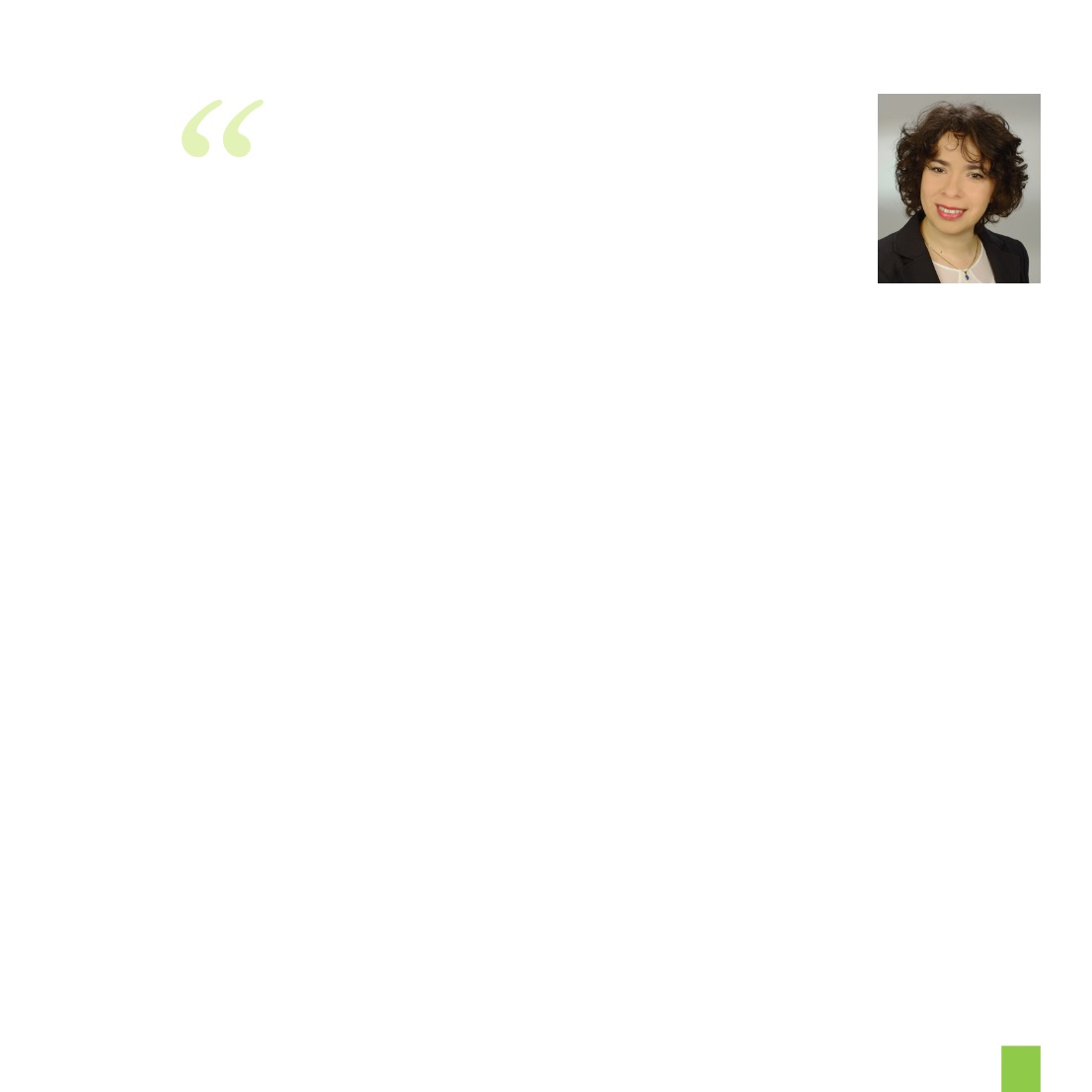

29
ZEB
annual report 2014
The implementation of low-energy standards
for buildings is promoted as an efficient and
un-intrusive intervention toward sustainability.
However, building codes and the technical
requirements that enforce strict requirements
are directly intervening in the private sphere
of homes and are therefore likely to meet
resistance. Media is able to explain why
stricter requirements are necessary and
weaken the resistance, but media can also
take the side of opponents against stricter
requirements and create a barrier against their
implementation.
In this article, we observed how low-energy
building concepts are communicated to the
pubic by the media. Through the qualitative
and quantitative analysis of 1774 news
articles that appeared in the printed media in
Norway between 2005 and 2012, we followed
the interaction between media and building
experts, and depicted the key role played by
experts in spreading the “news”.
As theoretical approach, we used
mediatization, a term borrowed from media
studies that describes what happens when
processes and structures are enacted
through technical media instead of face-to-
face interaction. While communicating low
energy concepts, print media in Norway
relies heavily on experts’ knowledge to inform
about new, more sustainable buildings. In the
analyzed newspaper articles, the media labels
as “expert” each person that is considered
to have relevant knowledge in building
technology: building researchers, engineers,
architects, physicists, building planners,
developers.
We found two main types of expert
involvement in the media. The first type is
the “fictive implementation” of low energy
buildings, in which experts appear as
pioneering users of low energy buildings
through a “home story”. In this type, experts
are presented with their families living in pilot
buildings. They are shown in their private
sphere, enjoying the new facilities and
mastering the new technology. The media
normalizes the new home, taking the experts
from the “ivory tower” and transforming
them into peers of the public. The potential
contradiction between the “everyday home”
of the expert and the “ground-breaking
innovation” of the pilot building is blurred
in these cases. The intention is to change
the public opinion towards an increased
acceptance of the “new home”. Here, the
experts are persuaded to talk to the public and
reformulate the topics of their research and
practices to become familiar to the reader. A
mutual learning process occurs among the
MEDIA COVERAGE OF LOW-ENERGY BUILDINGS
|
MEDIEDEKNING AV LAVENERGIBYGNINGER
In Norway, the media communicate low energy
buildings mainly through the voice of experts
Liana Müller (NTNU) and Thomas Berker (NTNU)

















